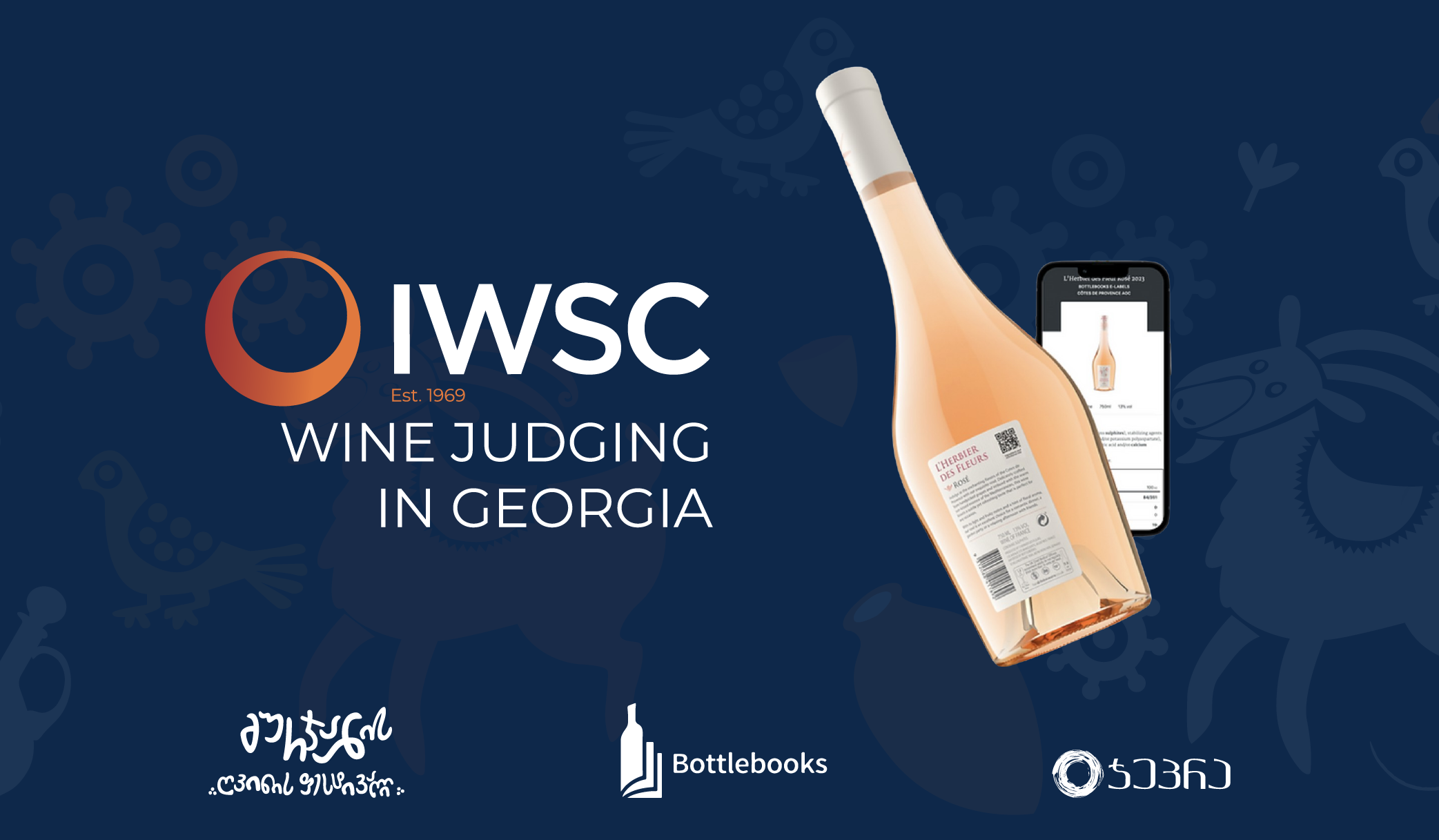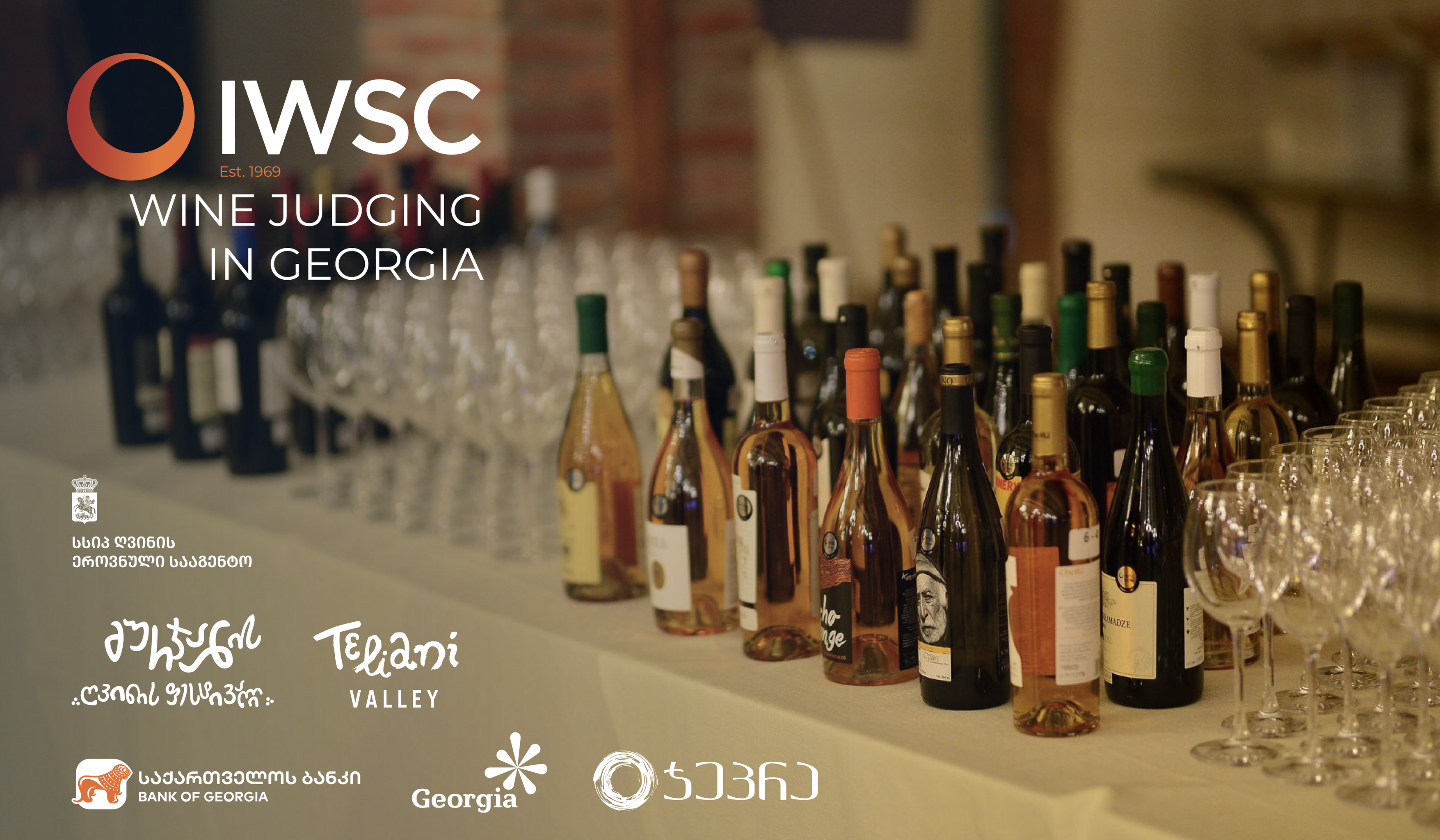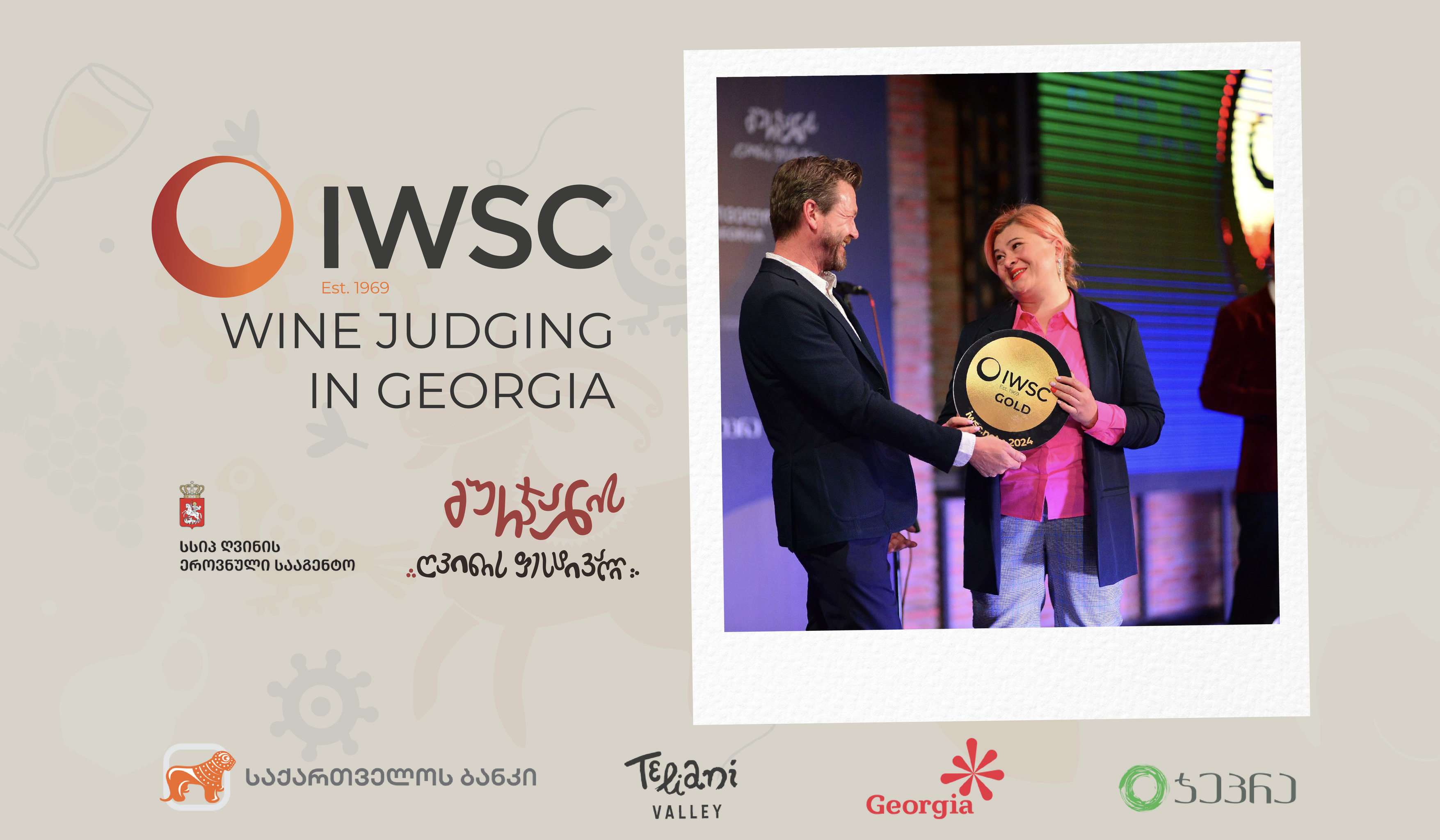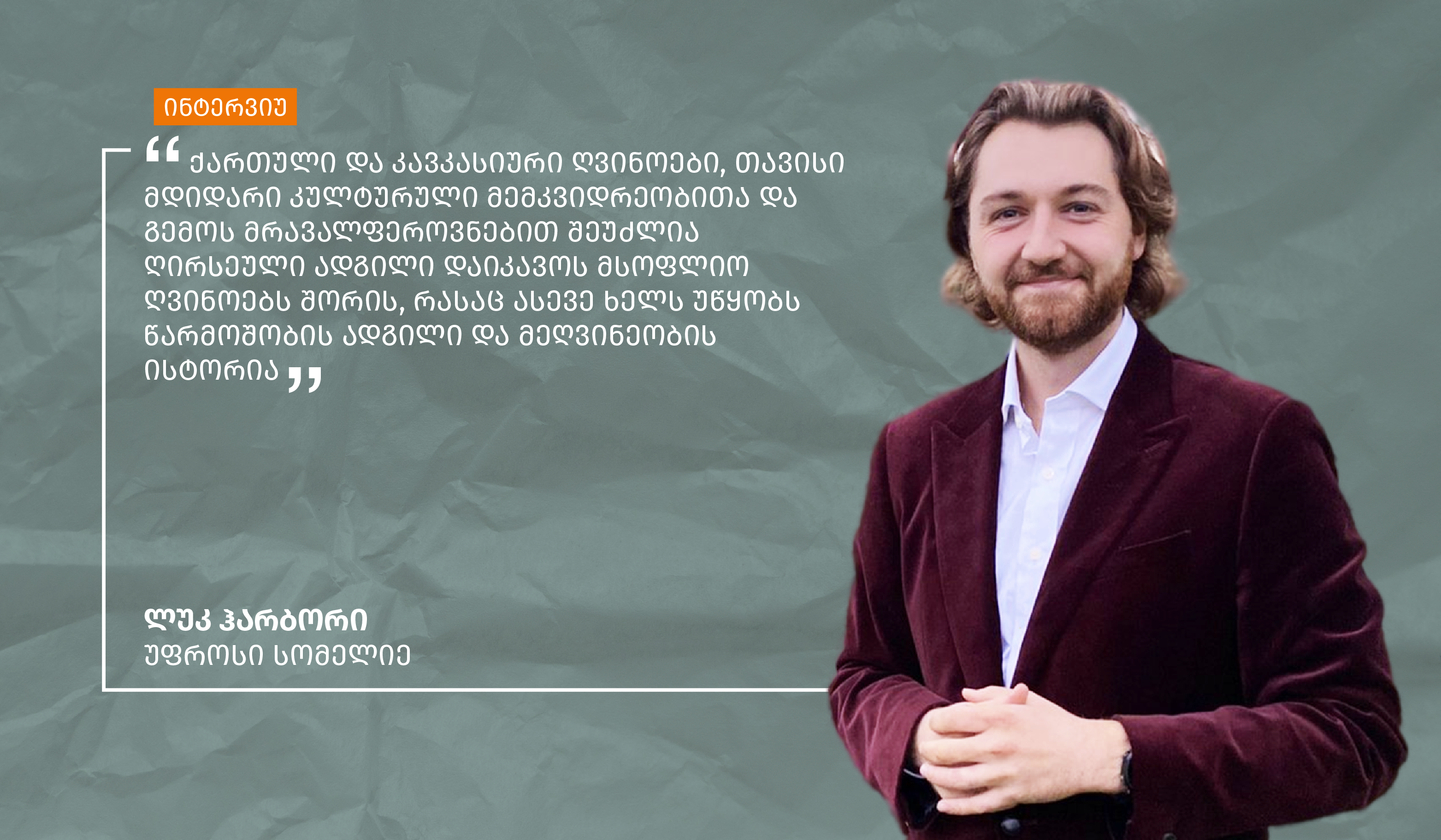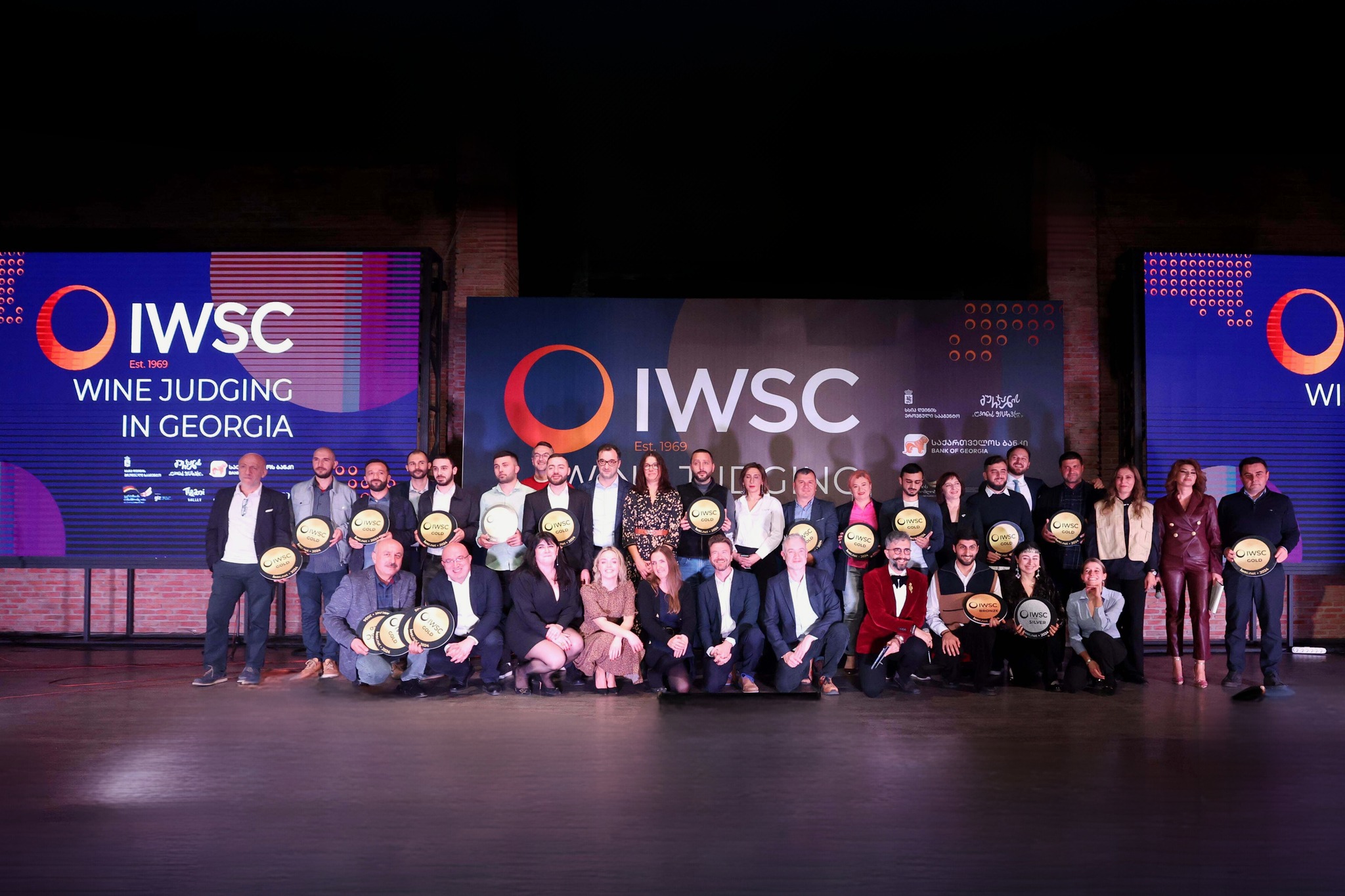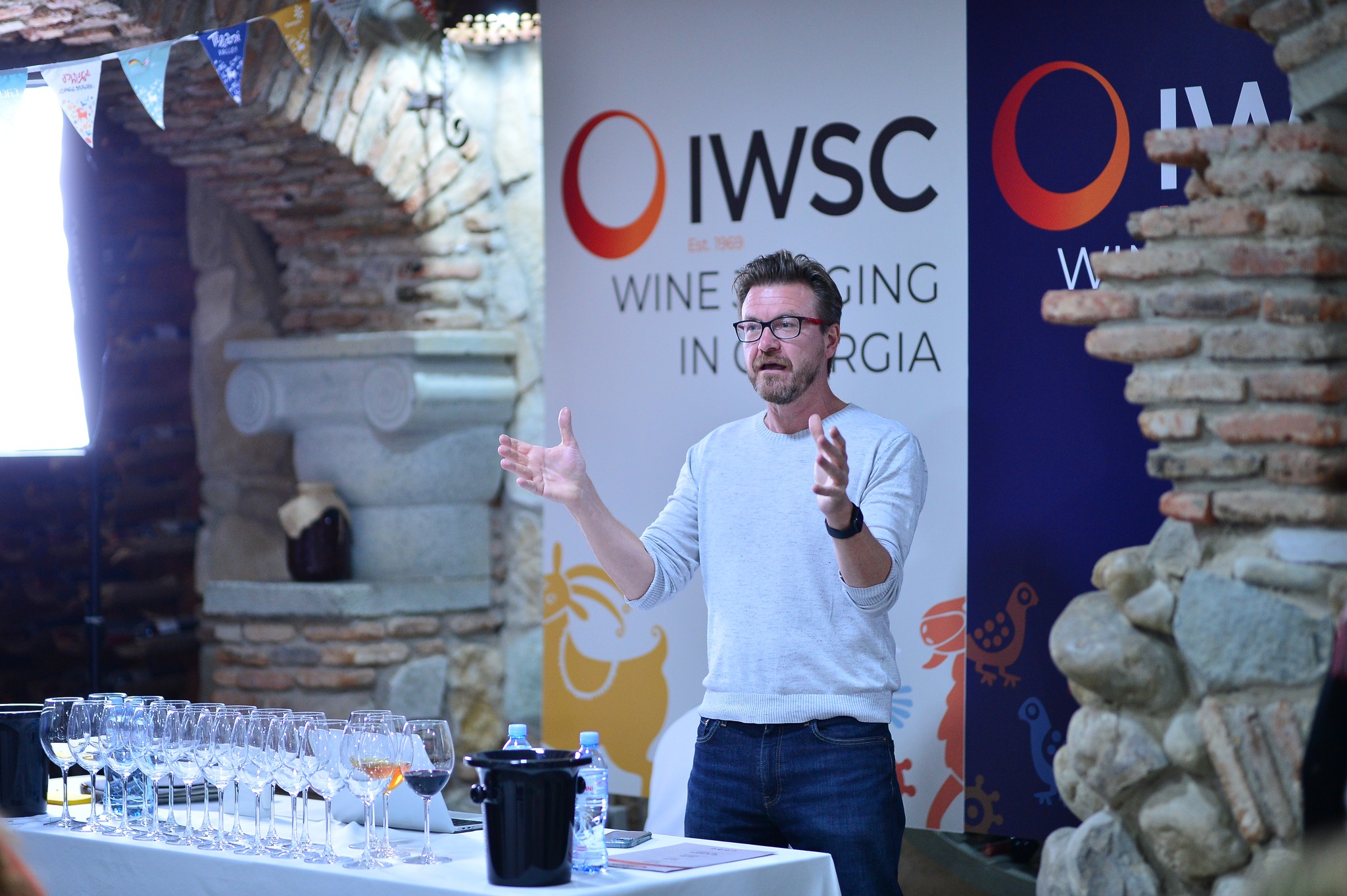Following two weeks of the IWSC 2024 Wine Judging, today we are delighted to reveal the medal results. This year, we received thousands of entries from across the world. We had a team of over 120 international judges join us, including over 20 Masters of Wine and nearly a dozen Master Sommeliers. Our expert panels were comprised of 57% Off-Trade Buyers from UK’s leading retailers, 26% On-Trade Buyers from well-established bars and restaurants, 6% Wine Journalists and Educators. The panels were overseen by the IWSC Wine Judging Committee members: Alex Hunt MW, Alistair Cooper MW, Dirceu Vianna Junior MW, Essi Avellan MW, John Hoskins MW, Mick O’Connell MW, Sarah Abbott MW.
IWSC 2024 Wine Judging highlights
- Sweet and Fortified wines stole the show, with outstanding entries from Spain, Portugal, Australia and Canada.
- Champagne put on an impressive performance earning 11 gold medals and once again proving that the region consistently delivers high quality despite the vintage challenges.
- France won the country medal race with just shy of 700 medals awarded, including 27 golds.
- Italy and Australia made it in the top 3 most coveted countries, with nearly 550 and almost 340 medals respectively.
- English sparkling wines had a triumph at this year’s judging, scooping up awards, with our experts admiring the skillful winemaking and the diversity of styles. English Blanc de Blancs and sparkling rosé are among the standouts.
Fortified wines
Fortified wines scoop IWSC medals every year and 2024 was no exception. The judges were delighted by the quality sherries, ports and madeiras, as well as Rutherglen Muscats from Australia, with over a dozen gold medals awarded to the most exceptional wines.
“Some of the sherries showed amazing intensity, wonderful complexity – they just jumped out of the glass. You taste it – and you know straight away that it’s a gold,” shared Dirceu Vianna Junior MW who led the fortified wines tasting.
One of the standout gold-winning sherries was Emilio Lustau 30 YO Amontillado NV, praised by the judges for its complexity and long finish.
As for the highest scoring ports, Kopke Colheita 1965 received a stellar 97 points and a gold medal, the judges raving about its multilayered aromas and describing it as “light but elegant, with a great finish”.
Madeiras also didn’t disappoint; moreover, the judges proclaimed this year’s entries “some of the best madeiras we have ever tasted”. One of the top performers here was Blandy’s Madeira Sercial 1990 that earned 96 points and a gold: “Superb wine with great personality, character and complexity.”
Sparkling wines
With an incredible diversity of entries on show, our Sparkling Wine Judging was split over 2 days, with dedicated expert panels for each subcategory.
The Champagne panels were overseen by Essi Avellan MW who was impressed with the overall quality of this year’s entries. The panels echoed this sentiment, noting that there’s great quality to be found in this exciting category, even in the most challenging vintages. “The vintage categories, and especially the Blanc de Blancs styles really stood out,” shared Essi Avellan MW.
The highest-scoring champagne was, nonetheless, a non-vintage one – Solera Rosé Brut NVby Champagne Palmer receiving an impressive 98 points and a gold from the judges.
The other standouts included two vintage expressions: Clos Lanson Blanc de Blancs Extra Brut 2010 by Lanson and Orpale Grand Cru Blanc de Blancs Brut 2012 by Champagne de Saint Gall – both entries were awarded with golds and 97 points.
Over 150 medals were awarded to champagne entries, including 11 golds – an awe-inspiring performance.
Prosecco, English sparkling and other sparkling wines tasting was co-chaired by Alistair Cooper MW and John Hoskins MW.
The Proseccos were consistently well made, with a step up in quality of the Conegliano Valdobbiadene and Cartizze Prosecco. The judges praised the “very good concentration of fruit, fruit definition and good mouth-coating texture”.
Over 70 medals were awarded to Prosecco, and, as expected, Valdobbiadene Brut became the standout flight, with a gold medal awarded to the best expression – Daldin Brut 2023, praised for its “elegant nose, good linear drive and lifted finish”.
English sparkling performed brilliantly this year, with over 100 medals awarded, including six golds.
Several English rosés and Blanc de Blancs caused real excitement among the judges, in particular Wyfold Vineyard Rosé Brut 2018and Union Champagne Tesco Finest Rosé Brut NV. Both wines received 96 points and gold medals.
Gusbourne Boot Hill Vineyard Blanc De Blancs Brut 2018 was the highlight amongst the English Blanc de Blancs – 96 points and a well-deserved gold medal, the judges admiring the “lovely freshness” and the “long, fine, mousse”.
“The English Blanc de Blancs showed some extremely fine wines, indicating the commitment to quality in Sussex, Hampshire and Kent as a whole,” shared the judges.
Looking at other parts of the world, New Zealand sparkling wines showed great quality with 4 gold meads awarded, with one outstanding entry, Oyster Bay Cuvée Brut NV, earning an impressive 96 points.
Canadian sparkling wines wowed our judges with their freshness and concentration of fruit, receiving 2 golds, the highest scoring wine being Lakeview Wine Co. Brut 2017.
France
This year we saw a 20% increase in French entries, with nearly 900 wines from all regions of France on show. The panels tasting still French wines were co-chaired by the IWSC Wine Judging Committee members Alistair Cooper MW and John Hoskins MW. More than 80% of all French wines that entered the competition won medals, including an impressive number of 27 golds, securing France as the top country in the medal table.
In addition to the Champagne sparkling success, the standout regions were Chablis, Provence and Alsace.
The judges praised the nuanced expressions and ageing potential of the best Chablis, noting that, “the complexity exhibited by the Chablis wines was truly remarkable”.
One of the top-performing Grand Cru Chablis, the gold-winning La Chablisienne 2020 our judges proclaimed “electric”, wowed by the “mineral, very concentrated ripe apple and citrus with moderate savoury complexity and long finish”.
The Alsatian gold-winning highlight was a stunning 2022 Gewurztraminer by Dopff Au Moulin, displaying plenty of varietal character with an “exuberant nose of lychees, dried orange peel and pithy, phenolic grip on the palate.”
Two brilliant rosé wines from Provence also received the coveted gold: Château Saint-Maur L’excellence 2023 and Mirabeau Pure 2023. The judges admired the “sense of place”, the charming fruity flavours and the great gastronomic potential of both wines.
Italy
Our Italian panels were co-chaired by Mick O’Connell MW and Alistair Cooper MW who both agreed that there was high quality on show across all regions of Italy. This is reflected in the results – over 450 medals were awarded to Italian wines, including 9 golds.
Piedmont flights became the highlight for our judges, the region boasting 4 gold medals. One of the most impressive Piedmont entries was, unsurprisingly, a Barolo –“rich, elegant and refined”G.D.Vajra Coste Di Rose 2020. The wine won a firm gold and scored 96 points.
Another outstanding entry from Piedmont was a white wine from the rare Timorasso variety – Cantine Volpi Derthona Zerba Antica Timorasso 2019. The judges were unanimous in awarding it a gold praising its “rich and honeyed style and very textural waxy finish”.
A high performer that also came from Northern Italy was an oaked Sauvignon Blanc from Friuli Venezia Giulia – Aganis Sauvignon 2023. The wine wowed our judges with its “richly pungent style with nicely integrated oak notes”.
Spain
Our Wine Judging Committee member, Dirceu Vianna Junior MW, oversaw all the panels and was encouraged by the high quality that was presented this year.
In addition to the stellar performance of sherries, several other Spanish regions stood out to our judges earning as many as nearly 400 medals, including 8 golds.
Rioja and Ribera del Duero were among the top-performing parts of Spain.
Riojan wines showed a clear “sense of place”, said our judges. Bodegas Ramón Bilbao Gran Reserva 2016 impressed the panel with its delicate use of oak, “adding an extra layer of spice and complexity”, but not dominating the rich black fruit characters – a firm gold.
Another impressive Spanish red came from the region of Toro. Finca Sobreño Ildefonso 2018 received 97 points and a gold medal from our judges who praised the wine as “extremely long and showing great typicity.”
Portugal
Our Portuguese wine panels were also led Dirceu Vianna Junior MW who noted that, “the consistent quality and the highly enjoyable drinking experience that these wines offer is truly impressive.” Over 260 medals were awarded to Portuguese wines, including 10 gold medals, the majority of which were scooped by the country’s famous fortified wines (3 golds went to Madeiras and 6 to Ports).
The gold-winning still wine from Portugal came from Douro DOC. Quinta do Pégo Vinhas Velhas 2016 had our judges applaud its fruit-forward style with well-balanced oak, the wine showing “surprising freshness despite the age”.
Australia
Australia had another impressive year with over 330 medals awarded, including 10 golds. The IWSC Judging Committee member Alistair Cooper MW led the tasting, noting that Australian Shiraz, Chardonnay and the country’s fortified wines were among the highlights.
The Chardonnays received 4 golds with the judges admiring a standout wine from Adelaide Hills – Orlando Wines Lyndale Chardonnay 2021. Made in a reductive style, which was nicely balanced by ample aromas and flavours of “green apple and blossom, with lively acidity and creamy texture,” this was a strong win.
Shiraz dominated the red flights and led the red wines medal count, with 3 gold medals and a collection of silvers and bronzes going to Barossa and McLaren Vale.
The gold-winning Golden Amrita Sunshine Hill Shiraz 2021 from Barossa Valley blew away our panels, with Alistair Cooper MW commenting that, “it was so clearly Barossa – and it was the modern style of Barossa, allowing that fruit to express itself”.
Fortified wines from Australia showed incredibly well, with 2 gold medals and a whole host more silvers and bronzes awarded to Rutherglen Muscats.
New Zealand
New Zealand also didn’t disappoint this year, with over 250 medals awarded, including 8 golds. Our Wine Judging Committee member, Alex Hunt MW was at the helm overseeing all panels. The judges were extremely pleased to see a diversity of grape varieties and winemaking approaches.
In addition to the aforementioned New Zealand sparkling wines that truly shone this year, Marlborough region put on an impressive performance earning 3 golds – for a Sauvignon Blanc, an Albariño and a Pinot Noir. Interestingly, it was the oaked Sauvignon Blanc that particularly stood out – The Craft Series Pride And Glory Sauvignon Blanc 2022 by Marisco Vineyards wowed our experts with its “richness on the palate with great acidity carrying the citrus fruit, engine smoke on the oaky nose with great length”.
Canada
Canada really impressed our judges this year, with nearly all of the wines receiving a medal. As with previous years, the showstoppers were the sweet wines from Canada, with 4 gold medals awarded to standout entries that showed real class and elegance.
One of the top-performers was Icewine Vidal 2021 from Reif Estate Winery that scored 96 points and earned a gold from our judges who praised the wine’s “complex aromas and flavours, with beautiful structure and vibrant acidity.”
The judges were pleasantly surprised to taste some well-made dry wines, both red and whites, from grape varieties like Syrah, Cabernet Franc, as well as white Chardonnays.
The abovementioned Canadian sparkling wines also performed brilliantly and earned 2 gold medals.
South America
“The regionality and expression on show were superb. Year-on-year there have been improvements from all across South America,” said Alistair Cooper MW who headed our South American panels.
Argentina topped the South American medal table with a total of 181 medals including 5 golds. The judges were pleased to see not only some outstanding expressions of Malbec, but also some high quality Cabernet Franc which is gradually moving towards becoming the next hallmark variety of the country. Two Cabernet Franc wines were awarded with gold medals:Lauren Single Vineyard Cabernet Franc 2021by Casarena Bodega y Viñedos and TriventoGolden Reserve Cabernet Franc 2022 – both wines showed “well-defined varietal characteristics”.
The judges were very pleased to see the consistent quality of Chilean wines with 98 medals awarded.
Brazil also performed well with a “beautiful range of grapes and some skilled winemaking on display” – over 50 medals were awarded to Brazilian wines.
See the full list of the IWSC 2024 wine results here.
The Wine Judging Committee will now be re-tasting each gold-winning wine to select the best bottles across a range of categories. The trophy winners will be revealed in September.
Stay tuned for more wine results in the coming months from our Global Wine Judgings that will take place in Turkey, Margaret River, Austria, China and South Africa.
